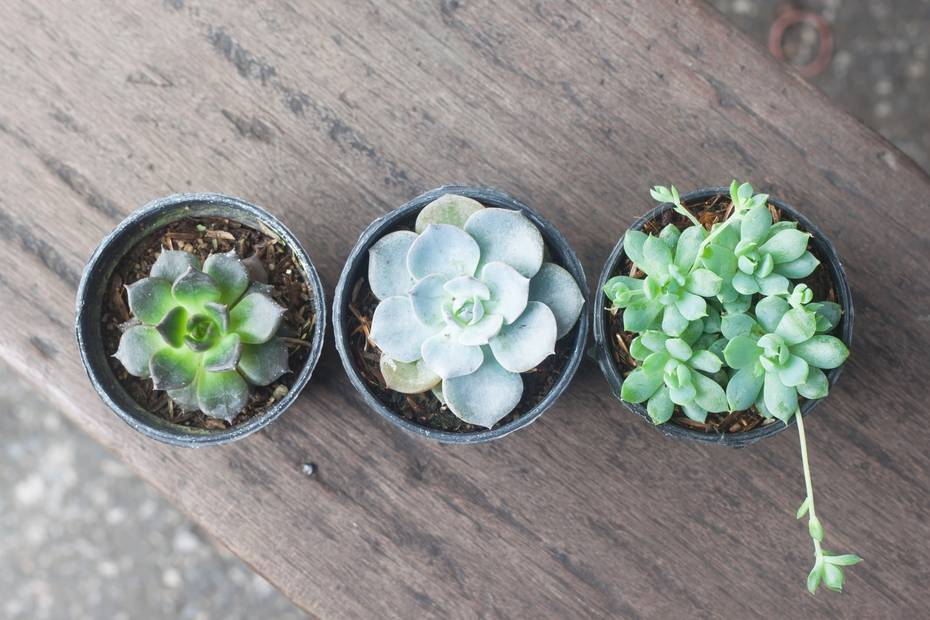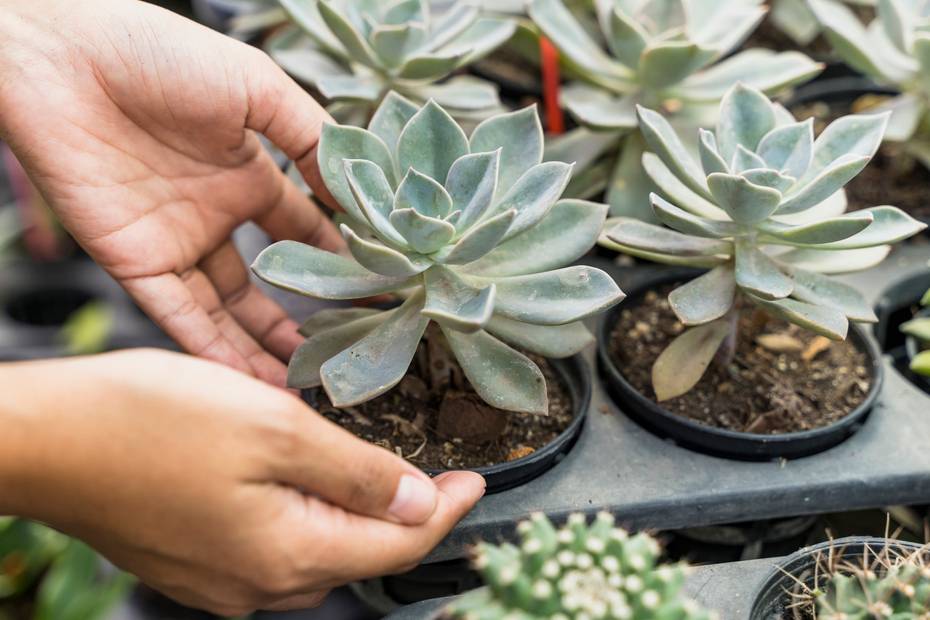16 Diverse Bonsai Tree Species to Cultivate
These particular bonsai tree varieties are perfect for training and shaping at home.
Bonsai, an ancient art form, involves cultivating and shaping miniature trees using various techniques to mimic the appearance of their full-sized counterparts. These techniques encompass crown pruning, root pruning, and keeping the roots confined in shallow containers1.
Practically any perennial tree or shrub with woody stems that produces true branches can be trained as a bonsai tree. However, certain species are better suited for bonsai cultivation than others. Some bonsai tree species are favored for their aesthetics, such as having small foliage or gnarled bark, while others are popular for their resilience and low-maintenance nature when grown as miniature versions.
Recommended Bonsai Tree Species for Beginners
If you are new to growing and training bonsai, it is advisable to start with varieties that are easier to work with. Here are some common bonsai tree species recommended for beginners:
- Juniper: Highly tolerant of heavy pruning and ideal for learning wiring techniques
- Ficus: One of the most commonly grown indoor bonsai tree types, well-suited if you tend to be inconsistent with watering
- Japanese red maple: An affordable tree that can withstand the pruning mistakes of novice bonsai artists, but requires regular watering
- Chinese elm: Great for learning pruning techniques; grows well indoors or outdoors
There are numerous species that you can experiment with to create bonsai trees. Continue reading to discover more about recommended species for beginners, as well as other popular flowering and non-flowering tree and shrub varieties that are suitable for bonsai cultivation.
Pro Tip
Almost any tree variety cultivated as a bonsai will thrive best in a specialized potting mix that is commonly known as bonsai soil mix. This blend, which is not actual soil, usually consists of hard Japanese akadama (a clay-like mineral), pumice, and black lava, along with some horticultural additives.
En The Spruce utilizamos únicamente fuentes de alta calidad, incluyendo estudios revisados por expertos, para respaldar los hechos de nuestros artículos. Lee nuestro proceso editorial para obtener más información sobre cómo verificamos los datos y mantenemos nuestro contenido preciso, confiable y confiable.
- El arte del bonsái. Extensión Cooperativa de Virginia






